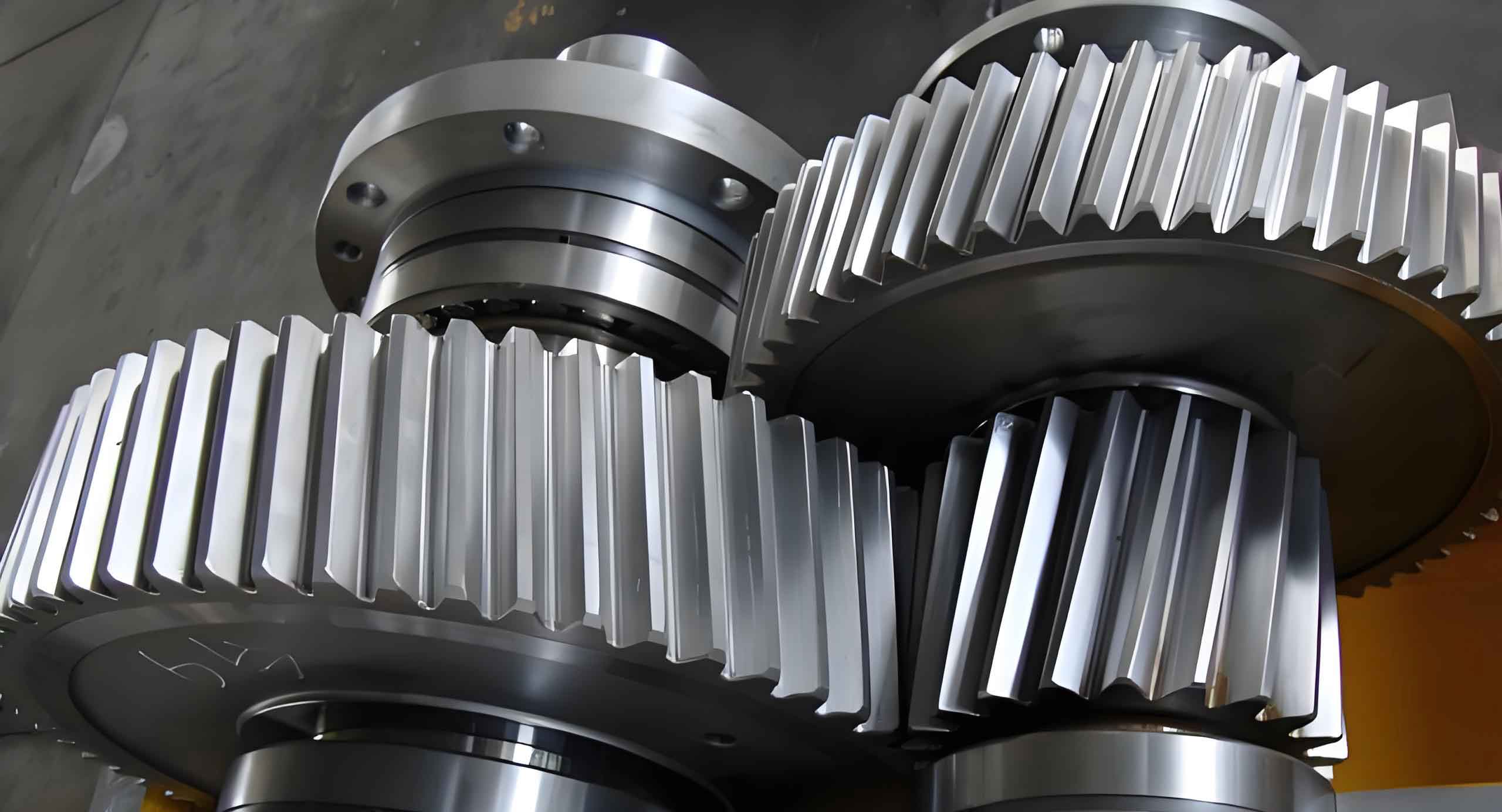Helical gears play a critical role in power transmission systems due to their smooth engagement characteristics. This paper presents an analytical model for calculating time-varying mesh stiffness (TVMS) of helical gears incorporating tooth surface friction effects. The proposed method combines slicing techniques with energy-based potential methods to address frictional influences across multiple operating parameters.

1. Analytical Model Formulation
The helical gear tooth is discretized into spur gear slices along the face width direction. The total mesh stiffness integrates contributions from individual slices using:
$$K_{total} = \sum_{i=1}^N \left( \frac{1}{K_{b,i} + K_{s,i} + K_{a,i}} + \frac{1}{K_{h}} \right)^{-1}$$
Where N represents the number of slices, with bending (Kb), shear (Ks), axial (Ka), and Hertzian contact (Kh) stiffness components calculated as:
$$K_b = \frac{1}{\sum \Delta y \int_{\alpha_2}^{-\alpha’_y} \frac{3[1+f(\alpha)\pm M_b]^2(\alpha_2-\alpha)}{2EA^3}d\alpha}$$
$$K_s = \frac{1}{\sum \Delta y \int_{\alpha_2}^{-\alpha’_y} \frac{1.2(1+\nu)k_2(\cos\alpha’_y \pm M_s)^2}{EA}d\alpha}$$
$$K_a = \frac{1}{\sum \Delta y \int_{\alpha_2}^{-\alpha’_y} \frac{(\alpha_2-\alpha)\cos\alpha(\sin\alpha’_y \pm M_a)^2}{2EA}d\alpha}$$
2. Time-Varying Friction Modeling
The friction coefficient μ is calculated through thermal EHL analysis:
$$μ = e^{f(SR_k,P_hK,v_0,R_a)}P_hK^{b_2}|SR_k|^{b_3}V_e^{b_6}v_0^{b_7}R_k^{b_8}$$
Where the friction function f contains roughness (Ra), sliding-roll ratio (SRk), and viscosity (v0) terms:
$$f = b_1 + b_4|SR_k|P_hK\lg v_0 + b_5e^{-|SR_k|P_hK\lg v_0} + b_9e^{R_a}$$
| Parameter | Symbol | Value |
|---|---|---|
| Number of Teeth | Z | 40 |
| Module (mm) | mn | 3.5 |
| Pressure Angle | α | 20° |
| Helix Angle | β | 15° |
| Face Width (mm) | B | 35 |
3. Parametric Sensitivity Analysis
The proposed model evaluates four key operational factors:
| Factor | Levels |
|---|---|
| Surface Roughness Ra (μm) | 0.4, 0.8, 1.2, 1.6 |
| Torque T (Nm) | 500, 1000, 1500, 2000 |
| Speed n (rpm) | 500, 1000, 1500, 2000 |
| Face Width B (mm) | 25, 30, 35, 40 |
The parametric analysis reveals:
$$ΔK_{\text{TVMS}} \propto \frac{T^{0.32}n^{0.18}B^{0.41}}{R_a^{0.27}}$$
Demonstrating face width as the most influential parameter on helical gear mesh stiffness variation.
4. Dynamic Transmission Error
The load distribution characteristics affect transmission error:
$$LSTE = \frac{F}{K_{\text{TVMS}}} + 0.07μ\sqrt{\frac{F}{B}}$$
Where the second term represents friction-induced error components. The time-varying transmission error spectrum shows dominant frequency components at:
$$f_m = \frac{nZ}{60} \pm k f_c \quad (k=1,2,3)$$
With fc representing friction modulation frequency.
5. Conclusion
This investigation establishes that helical gear TVMS decreases by 12-18% under typical friction conditions compared to frictionless models. The time-varying friction effects create asymmetric stiffness characteristics between approach and recess actions, significantly influencing the dynamic response of helical gear transmission systems.
